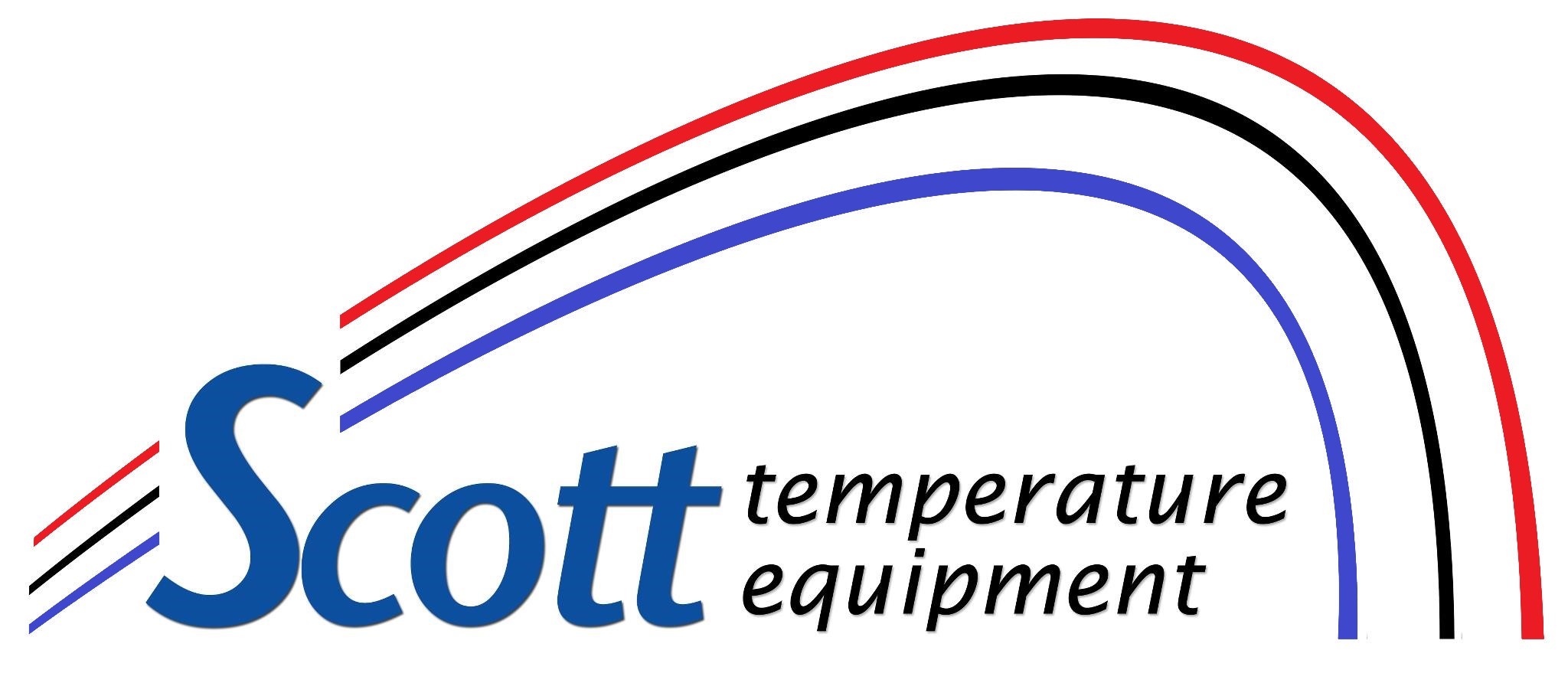Many people only schedule air conditioning repair when their system breaks down. However, the reality is your air conditioner will often show signs of trouble before a complete breakdown that results in new AC installation. Understanding the warning signs and calling the experts at Scott Temperature to address issues early can spare you the hassle and expense of a full AC system breakdown. More importantly, it can prevent the hot and sweaty conditions created by having your AC fail on a hot day.
When you call us, our team of highly trained HVAC technicians will identify the problem, make the necessary repairs and restore your comfort fast. We have a proven track record in the community and provide top-tier, cost-effective AC service for local homeowners.
Why wait until your cooling system breaks down? Skip all that hassle by calling today to schedule AC repair in Lawrence, KS, from Scott Temperature.
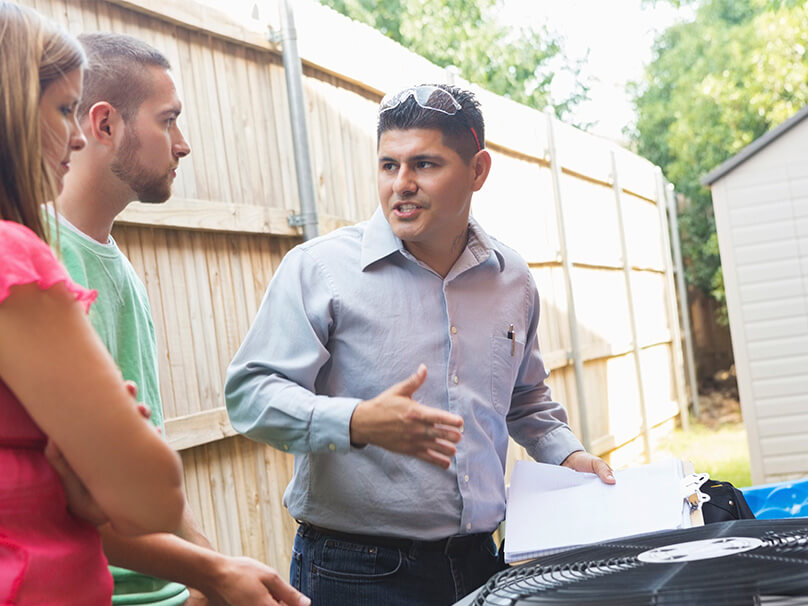
Signs You Need AC Repair
Wondering if your air conditioner needs repair? From strange odors to no cold air coming from the vents, there are many clues that your cooling system has a problem and needs diagnosis and repair.
Here are some warning signs that trouble may be on the way and it’s time to call an HVAC technician from Scott Temperature:
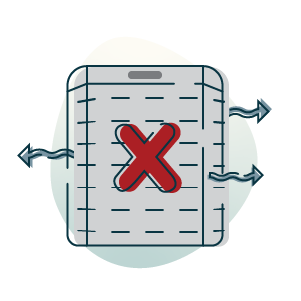
AC won’t blow cold air
If heated air is blowing out of your AC unit instead of cool air, or if the air isn’t as cold as you’d like, it’s a wise decision to call us for professional cooling service.
Air conditioner frequently turns on and off
If your AC system turns on and off instead of maintaining steady operation, it could be a sign of several problems and should be inspected by one of our certified HVAC technicians.
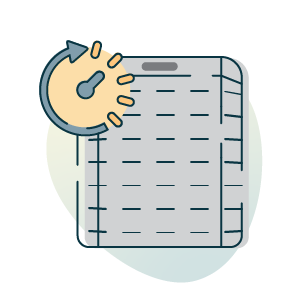
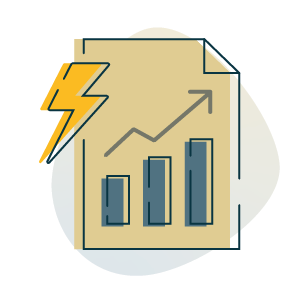
Monthly utility bills spike for no apparent reason
A sharp increase in your energy expenses can be an indicator your AC unit is losing efficiency, which means it uses more energy to keep your space comfortable and needs AC maintenance or repair.
Unusual odors are coming from your air conditioner
Air conditioners shouldn’t produce odors. Weird smells coming from your air conditioner should be checked by an expert, as they can be a symptom of trouble like mold, mildew or even electrical issues.
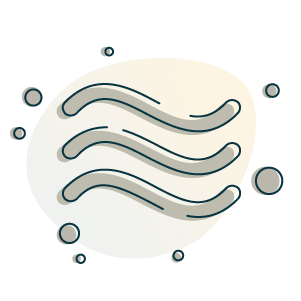
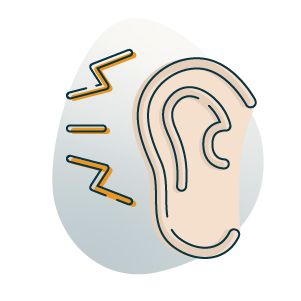
Loud sounds coming from your AC
If you hear odd noises when your AC system is running — banging, scraping or squealing, to name just a few — it’s important to call for professional HVAC service to evaluate your system.
Request Pro Air Conditioner Repair Now
When you have to have air conditioning service fast, get in touch with the HVAC repair professionals at Scott Temperature. We’ll promptly find the trouble when your equipment won’t work or give adequate cool air.
